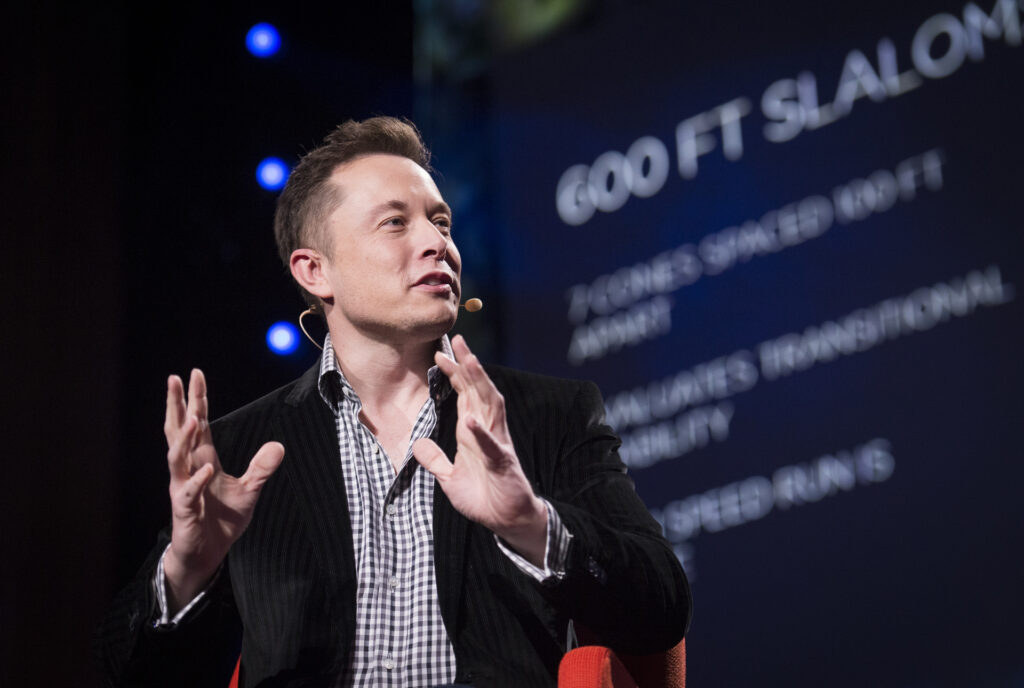Elon Musk’s acquisition of Twitter has likely been one of the grandest takeovers in the tech industry to date. Spanning through the months of April to October (2022), the staff and users have experienced chaos and layoffs.
Events begun April 4th, when Elon Musk became the largest shareholder of Twitter. He held a 9.2% stake in the company, worth just below $3 Billion at the time. Ten days later, Elon Musk publicly disclosed his offer of ~$44 billion for the company. Such would leave a single share valued at $54.20, a number stained with comedy when acknowledging the businessman’s previous controversy with Marijuana on the Joe Rogan Experience podcast. Twitter accepted Musk’s deal, though the latter abruptly placed it on hold amid concerns regarding the number of botted accounts on the platform, a serious issue for any social media.
During the beginning of July the concern with botted accounts proved detrimental; as whilst engineers for Twitter were ensuring they were minimising them, Elon Musk threatened to drop the deal entirely as he claimed that Twitter failed to provide information regarding the spam/fake accounts. Throughout the middle of July, the tech giant begun a legal case against Musk, though on October 6th he then unexpectedly reoffered to buy Twitter for $54.20 a share, marking his official takeover on October 27th.
Just before the end of the deadline for the deal, Elon Musk visited the Twitter headquarters carrying a sink. Later, he tweeted “let that sink in!”, whilst changing his Twitter profile to “Chief Twit”. At this point, Twitter had been successfully acquired.
Elon Musk’s intentions with Twitter are to ensure it remains a digital town square of free speech, the United State’s first amendment right. He, and most users[1], believed that Twitter was failing to adhere to this principle. Whilst this is inherently his initial intention, some have called criticism of his actions and found contradiction in it. Free speech can be damaging to a platform, however, an ironic yet humourless example being bad actors testing the limits of said freedom with usage of the n-word increasing by 500% over 12 hours[2]. A site changing in the direction of free speech, though subsequently undergoing an increase in racial slurs could direct the userbase against the very principle they once shared with the new business-owner. Additionally, Musk’s principle causes accounts formerly banned for their previous TOS-breaching tweets to be reinstated. Examples of this reinstatement include Andrew Tate, Donald Trump and even Kanye West, only shortly after the latter’s antisemitic tweet[3] – a controversial move.
Twitter was a struggling company, hence their inclination to Musk’s offer. Twitter (although affected softer than others due to the company being in the tech industry) had its stock value rise over the Covid-19 pandemic’s main period; though it then begun to fall once the pandemic was in its final stages[4]. Moreover, Twitter was needing to slow its hiring due to the company haemorrhaging money[5].
Elon Musk’s problem was obvious. Twitter was costing too much money to run and wasn’t making enough money. Elon Musk’s policy of free speech also caused advertisers to become tentative with their spending on Twitter as such a radical platform would be risky to connect one’s brand with.
Musk’s answer to this problem? Paid verification. The new scheme, Twitter Blue[6], costing $7.99 a month is the company’s alternative source of revenue. Some users tried to test this, by making parody Elon Musk accounts, eventually getting banned[7]. Perhaps this is proof to the “Chief Twit” that absolute free speech is logically inconceivable – either due to bad actors, or bad people.
An alternative solution to the problem was cutting costs. Elon Musk decided to lay off a sizeable portion of Twitter employees, with many suing in response claiming violations of the WARN[8] act: a requirement to give 60 days warning prior to being laid off. Twitter employees are referring to the event as chaotic, with job positions insecure within the company. Part of the reason Elon has chosen to act in this way is to prove that, whilst under the former leadership significant change took a significant amount of time, under the novel Elon Musk: big changes come quickly.
Twitter’s future is unclear. It may be bright, with sacrifices being made now; or it could be dire, with the current struggles spiralling further out of control. Whilst overheads are being lowered, so is their income through advertising, hence why they had to resort to the new verification system. Only time will tell whether Twitter loses users. Perhaps people with differing, and more extreme opinions, being allowed back on the platform will cause an increase in drama, reeling in more users?
For Elon Musk’s sake, the best should be hoped upon Twitter. $44 billion is an awful lot.

[1] https://twitter.com/elonmusk/status/1507259709224632344
[2] https://twitter.com/ncri_io/status/1586007698910646272
[3] https://www.theguardian.com/music/2022/oct/09/kanye-west-ye-instagram-twitter-accounts-locked-antisemitic-posts
[4] https://www.cnbc.com/quotes/TWTR/
[5] https://www.wsj.com/articles/how-elon-musks-twitter-faces-mountain-of-debt-falling-revenue-and-surging-costs-11669042132
[6] https://help.twitter.com/en/using-twitter/twitter-blue
[7] https://www.forbes.com/sites/siladityaray/2022/11/07/musk-warns-twitter-will-permanently-ban-impersonators-after-getting-parodied-by-verified-users/?sh=140411074187
[8] https://www.nbcnews.com/business/business-news/twitter-sued-layoffs-days-elon-musk-purchase-rcna55619